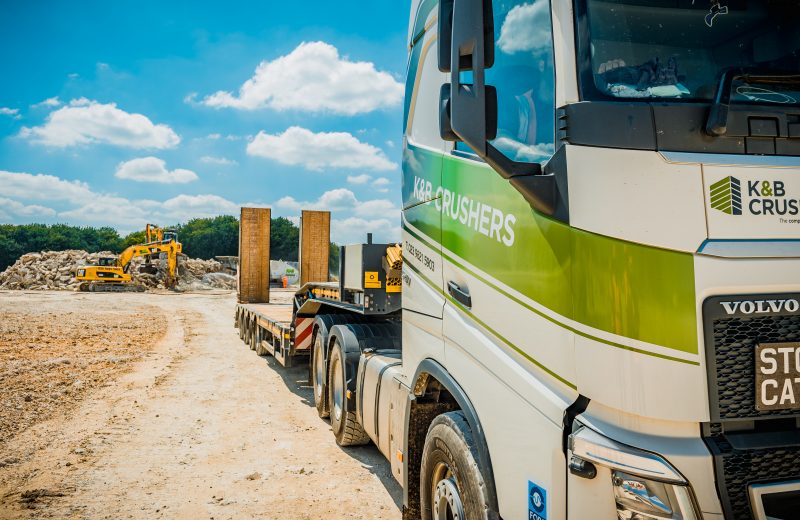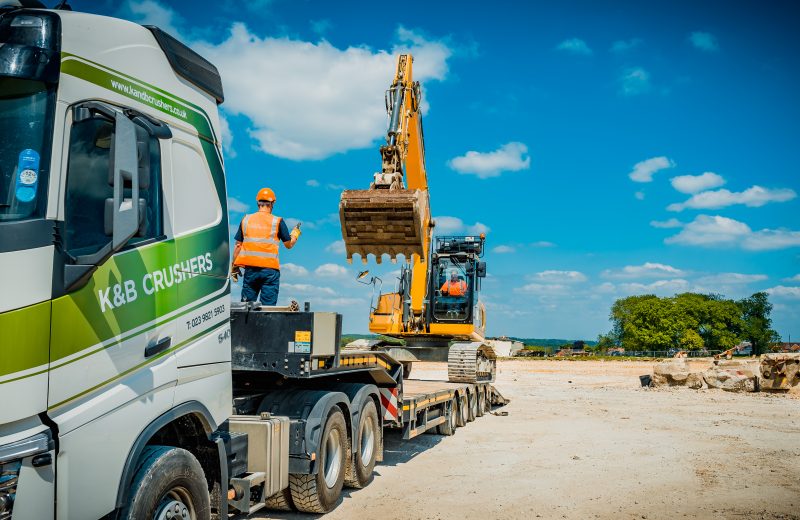With any project in construction, there are many processes to consider before you begin building anything. Site clearance is necessary to ensure a construction site is clear of any risks or potential hazards, preparing the environment for its next project.
A team of specialists is required to operate any heavy machinery and remove and dispose of the waste safely and legally. The purpose of site clearance is that you begin any project with a clean space and it also includes clearing the topsoil surface layer. This is crucial because it can not be built on otherwise.
What does a site clearance include?
Any construction work requires knowledge of what you are doing and the relevant skills needed to work as safely and efficiently as possible.
Initial preparation
Site clearance teams are utilised for many different disposal processes, from building demolition to topsoil. Projects are often prepped for construction work or just cleared from previous work or overgrown land.
Ground preparation
A full assessment is crucial for any site clearance to go ahead. Clearing land isn’t just tidying up, it involves a wide variety of services, expertise and heavy machinery sometimes before the clearance can even go ahead.
The organisation is key, and the experts need to know the latest health and safety regulations to provide the best possible service that gets cost-effective results.
Use of equipment
Site clearance will regularly require heavy and specialist machinery to get the job done. For example, wood-chipping machinery on-site can limit the number of materials you need to transport and clear away from the site. Modern mulching machines can also grind leaves and other foliage into smaller pieces.
Keeping safe
The main goal of site clearance is to keep safe, especially in an area where there is hazardous risk and heavy machinery is operated throughout the day. All workers must follow health and safety regulations to ensure everyone, including visitors, is safe throughout the work.
Tips for site clearance
If you want your site clearance to run smoothly, follow our tips for success.
Hire professionals
You will need to hire professionals for site clearance to ensure the area is clear and well-prepared for construction. With the level of danger and risk at hand, professional site clearance contractors will know how to work in line with regulations and with heavy machinery ensuring that all measures are taken seriously and no nearby areas are affected by the work. The service provided by professionals also includes the proper disposal of debris.
Safety regulations
Safety signs must be displayed throughout and outside the construction site to make everyone aware of the hazards at risk. Outsiders need a warning that entry is restricted and that only authorised workers are allowed on the premises.
Construction workers are required to wear safety hats and jackets throughout the building zones. This encourages outsiders to recognise that hazardous work is at bay and keeps workers safe and protected if anything dangerous were to happen.
Selecting the right machinery
As mentioned above, site clearance will need specific advanced machinery and equipment for any clearance project. Not only is the right machinery essential for health and safety, but it will also increase efficiency when going through the processes. Using the wrong equipment could slow the work down and cost the company more money.
The correct process for waste disposal
The way you dispose of waste after a site clearance is crucial. If not handled correctly, waste can cause potential environmental hazards that harm humans, animals and plants. A professional removal service will organise disposal and the transportation of unwanted materials without causing harm to the environment.
At K&B Crushers, we provide a reliable and professional site clearance service to all mainland UK locations. The combination of our cutting-edge fleet and skilled individuals allows us to process any unwanted demolition waste efficiently – which is often essential to allow further work to continue on-site. Get in touch with us today to learn more.



